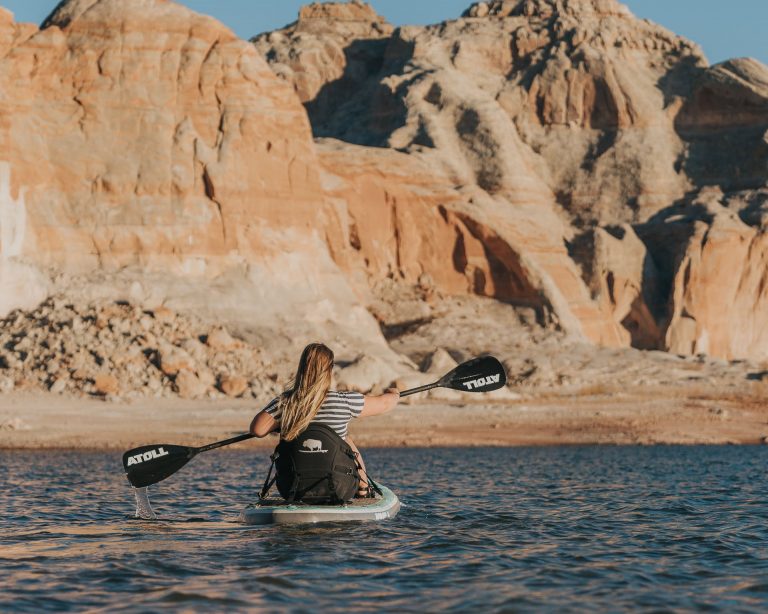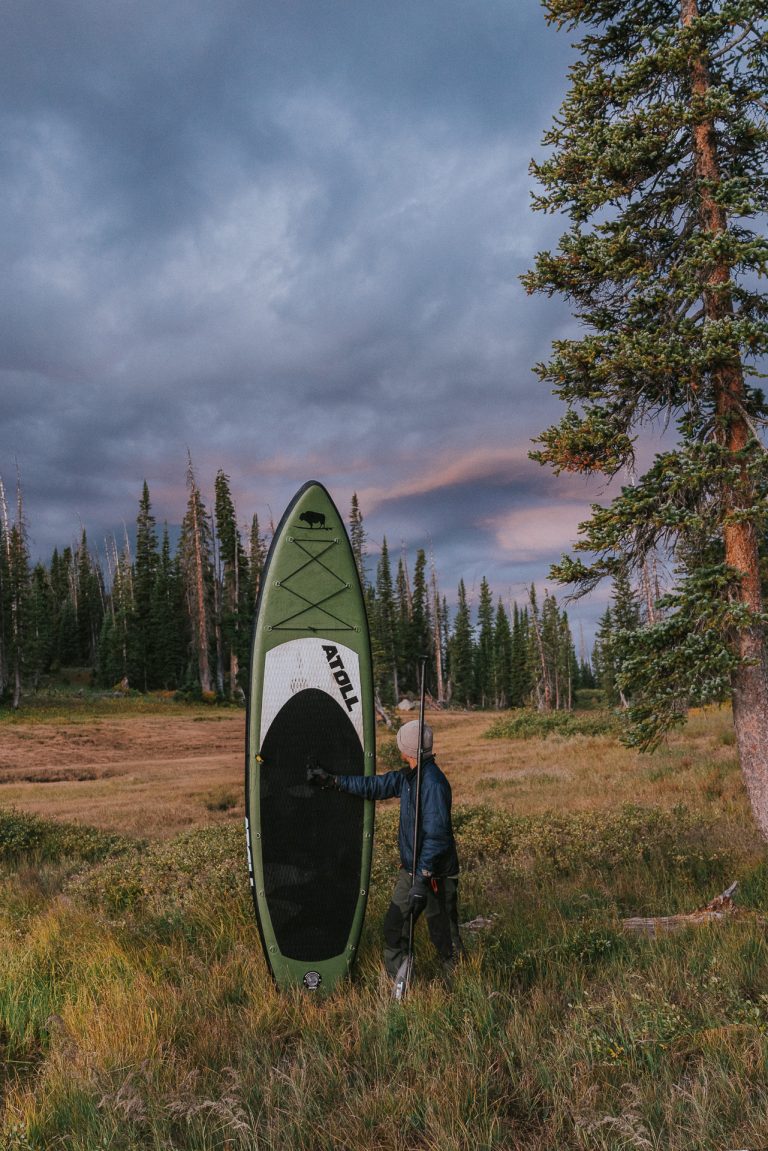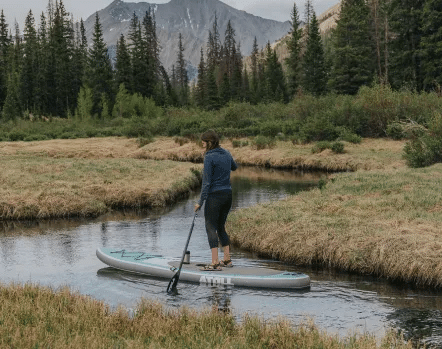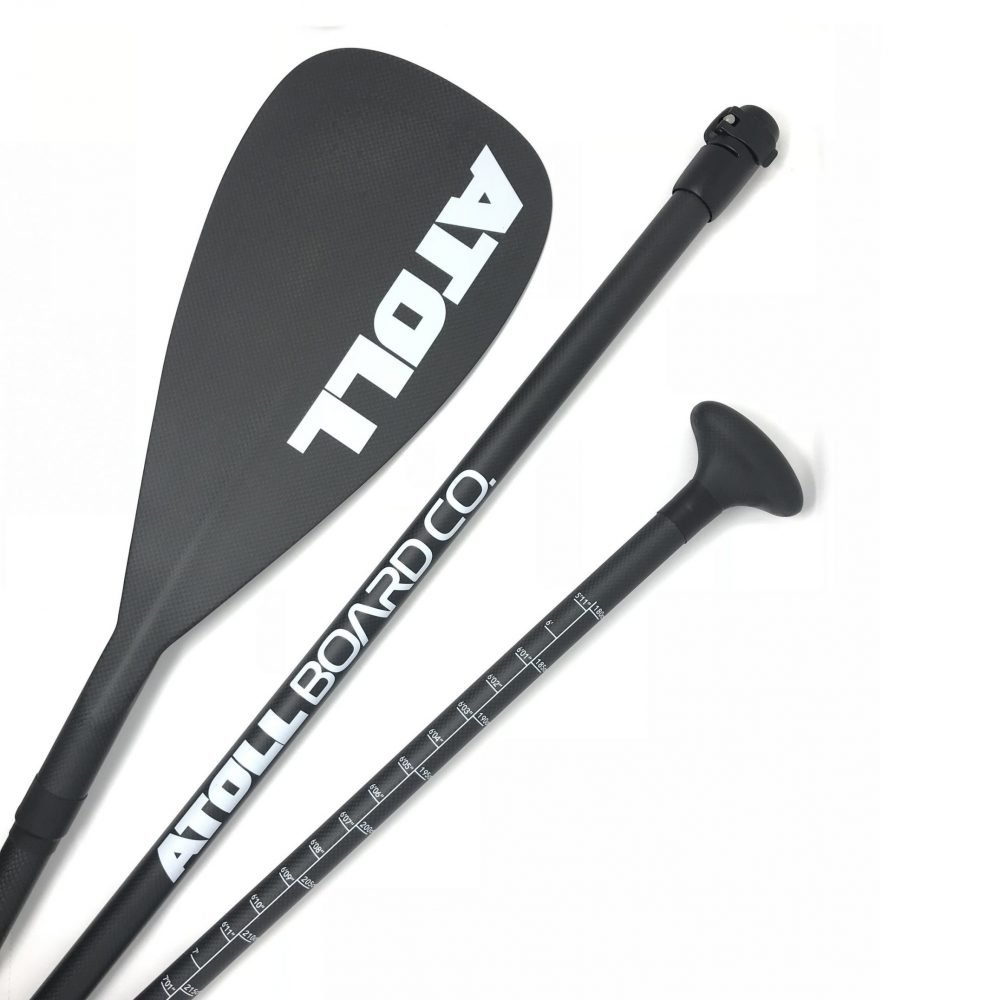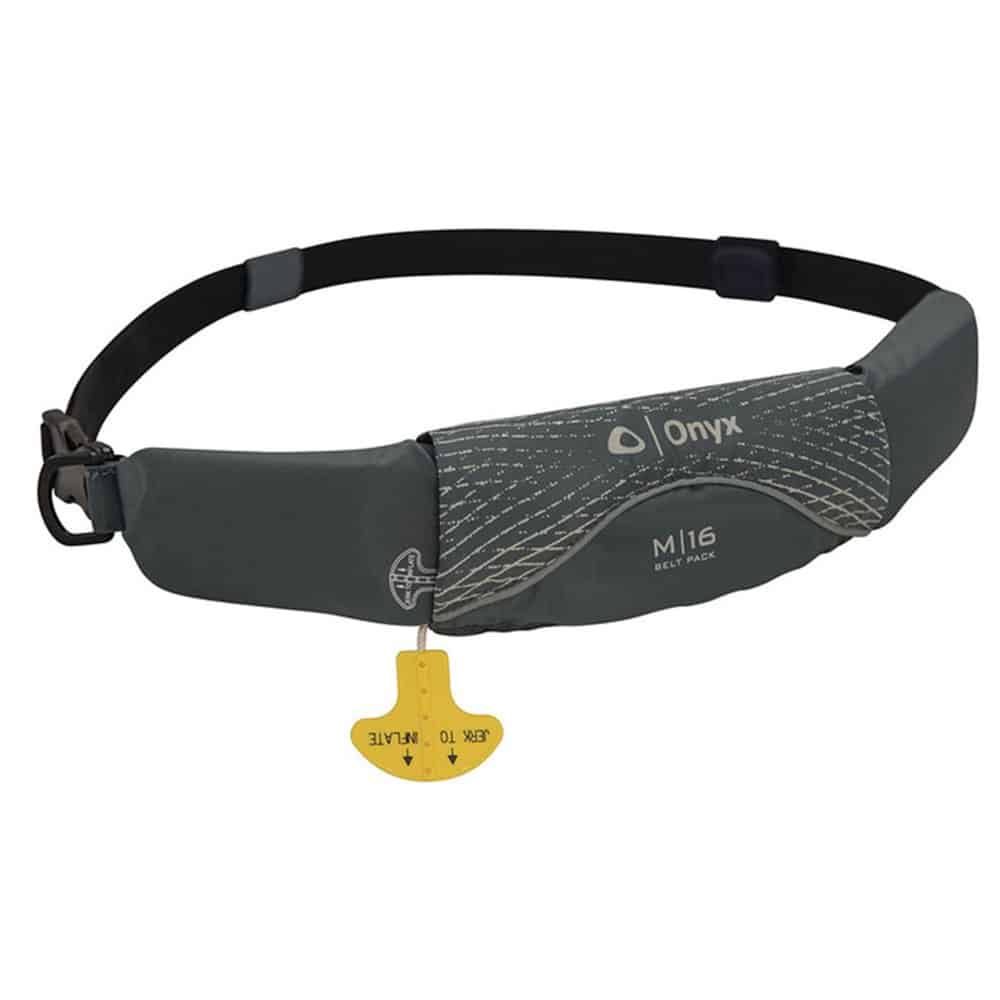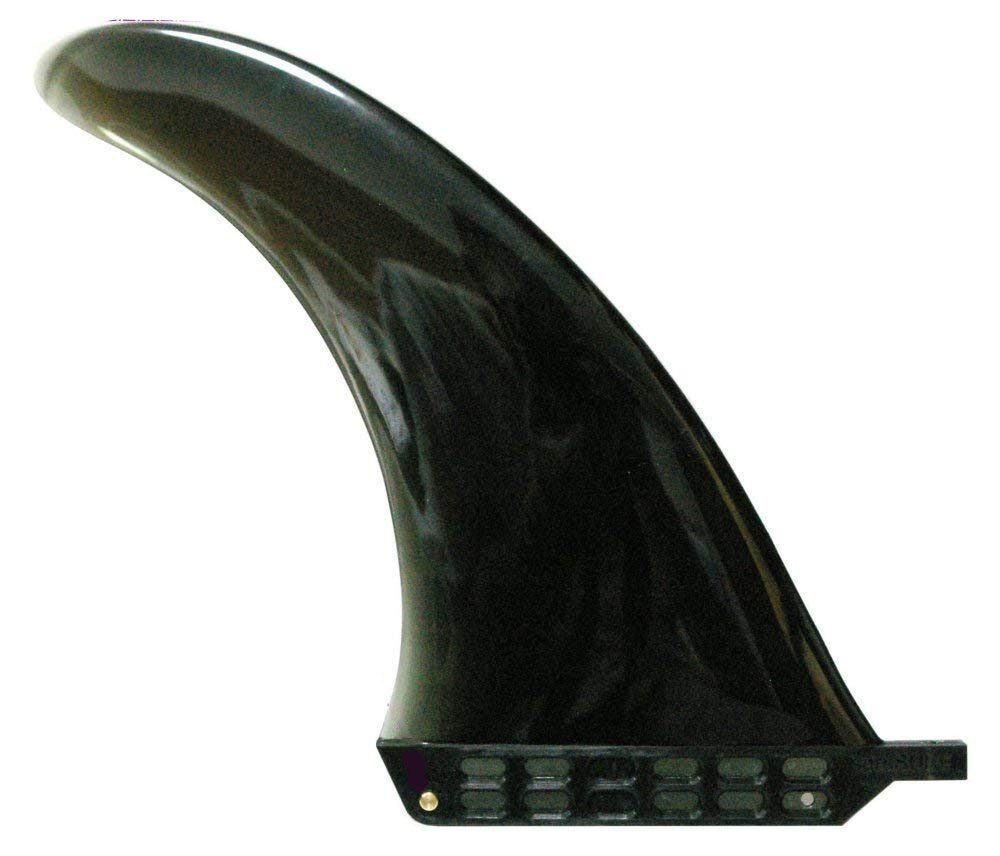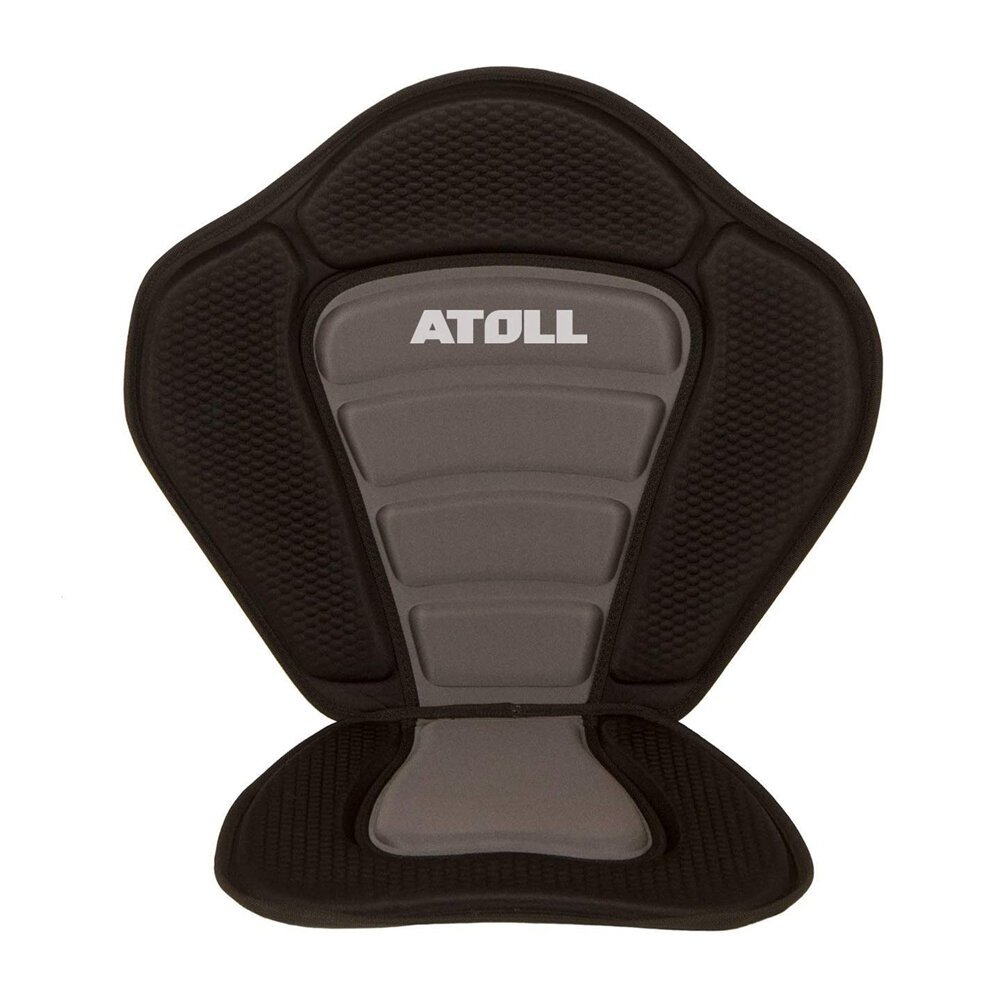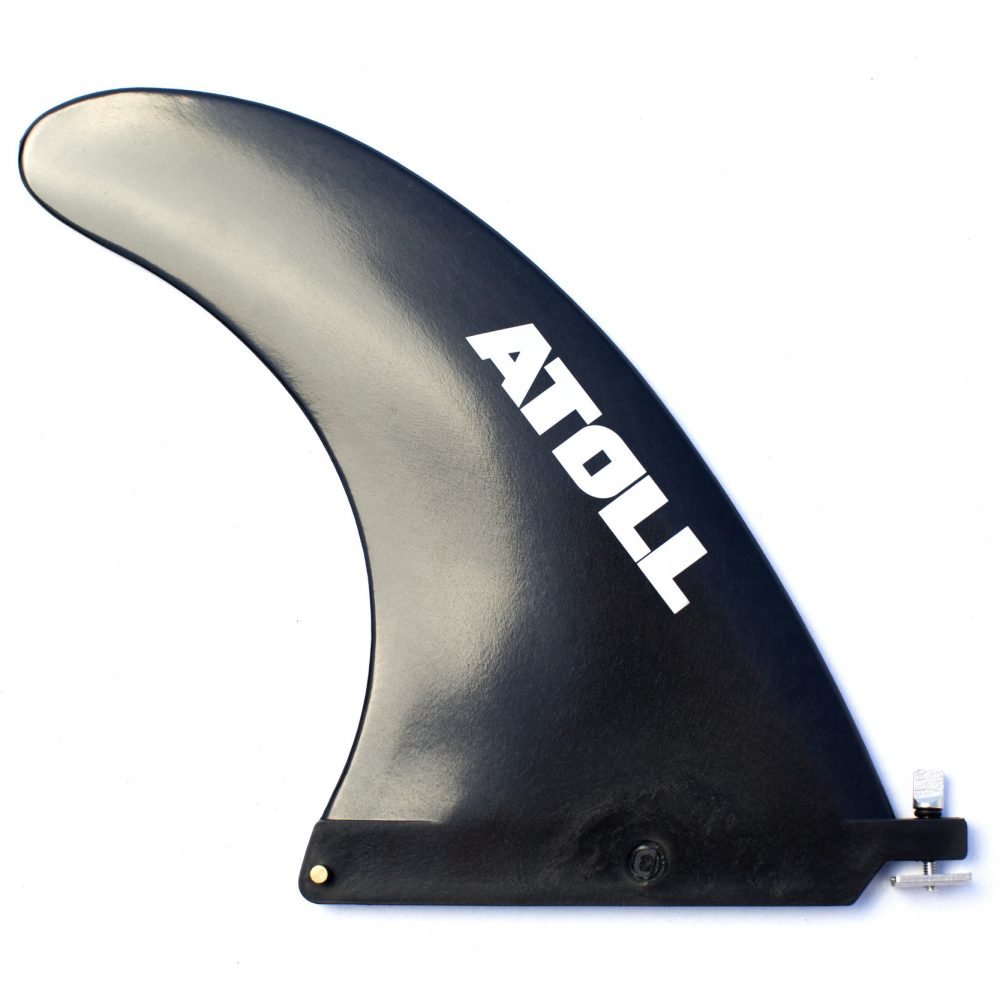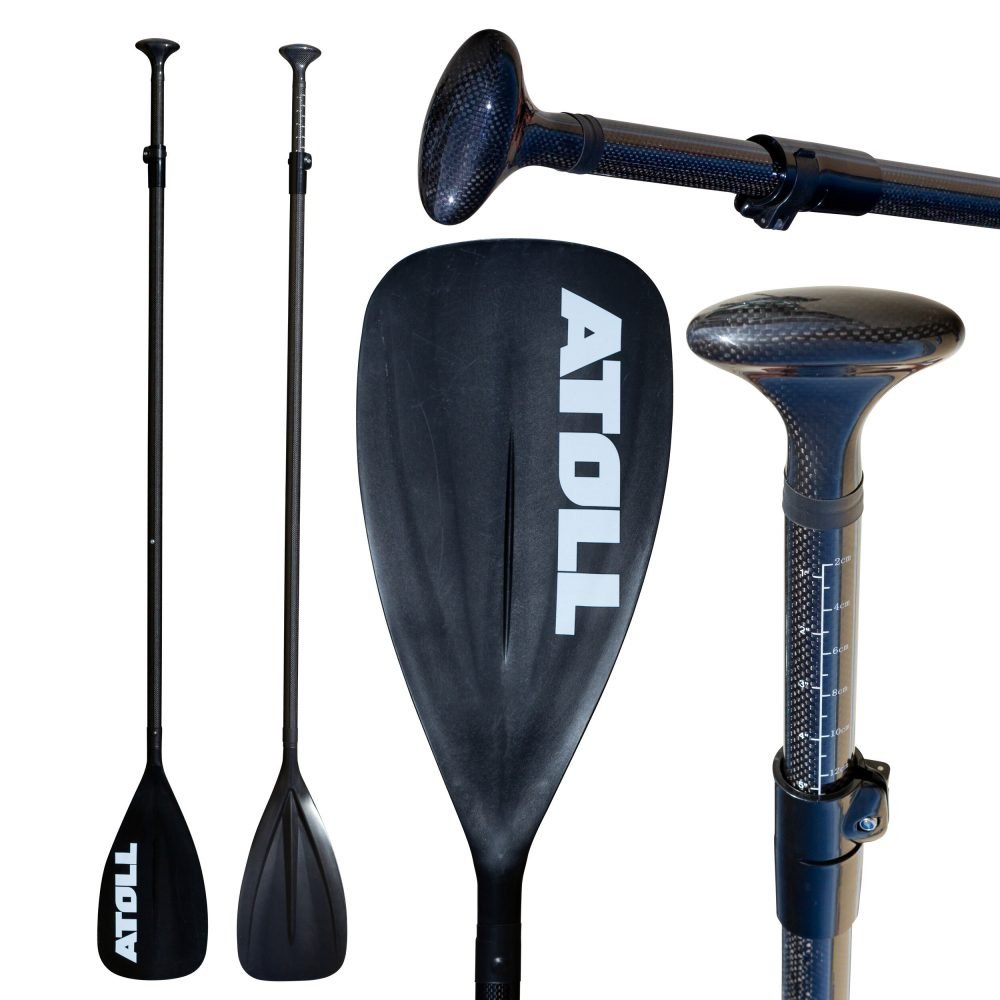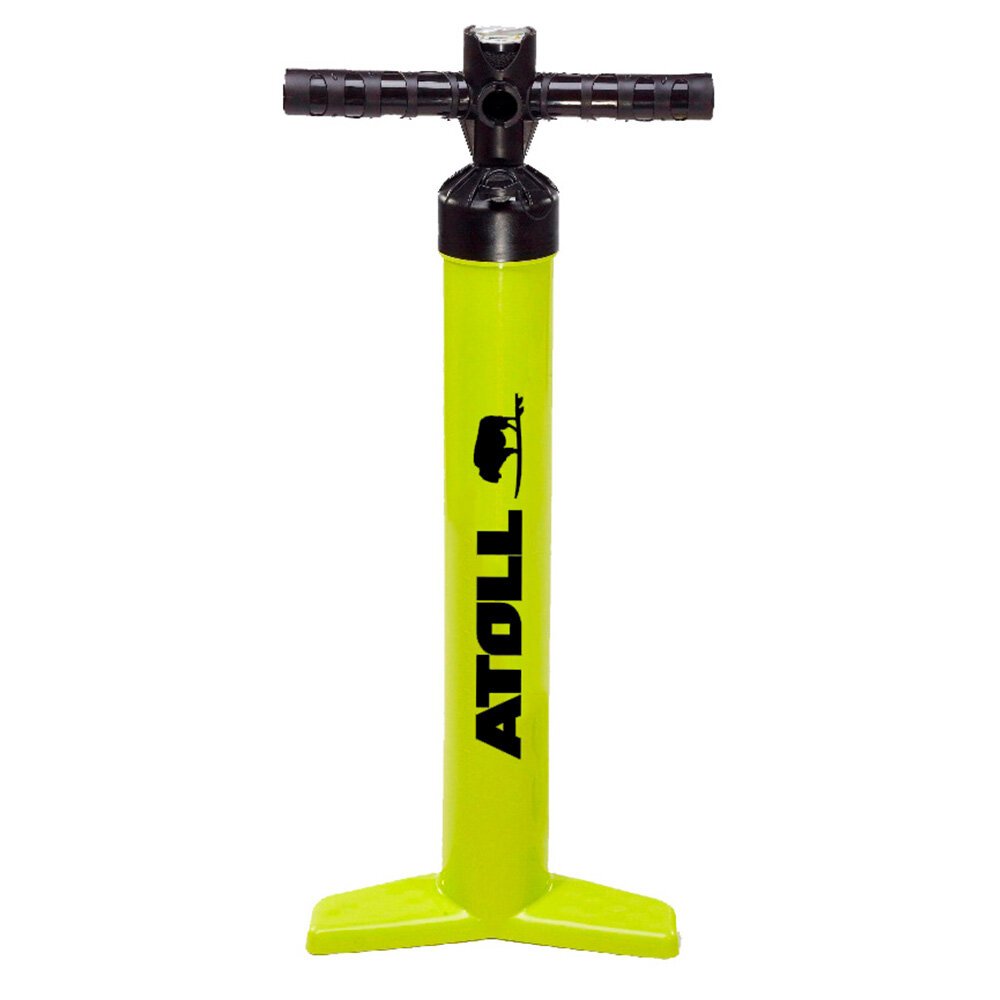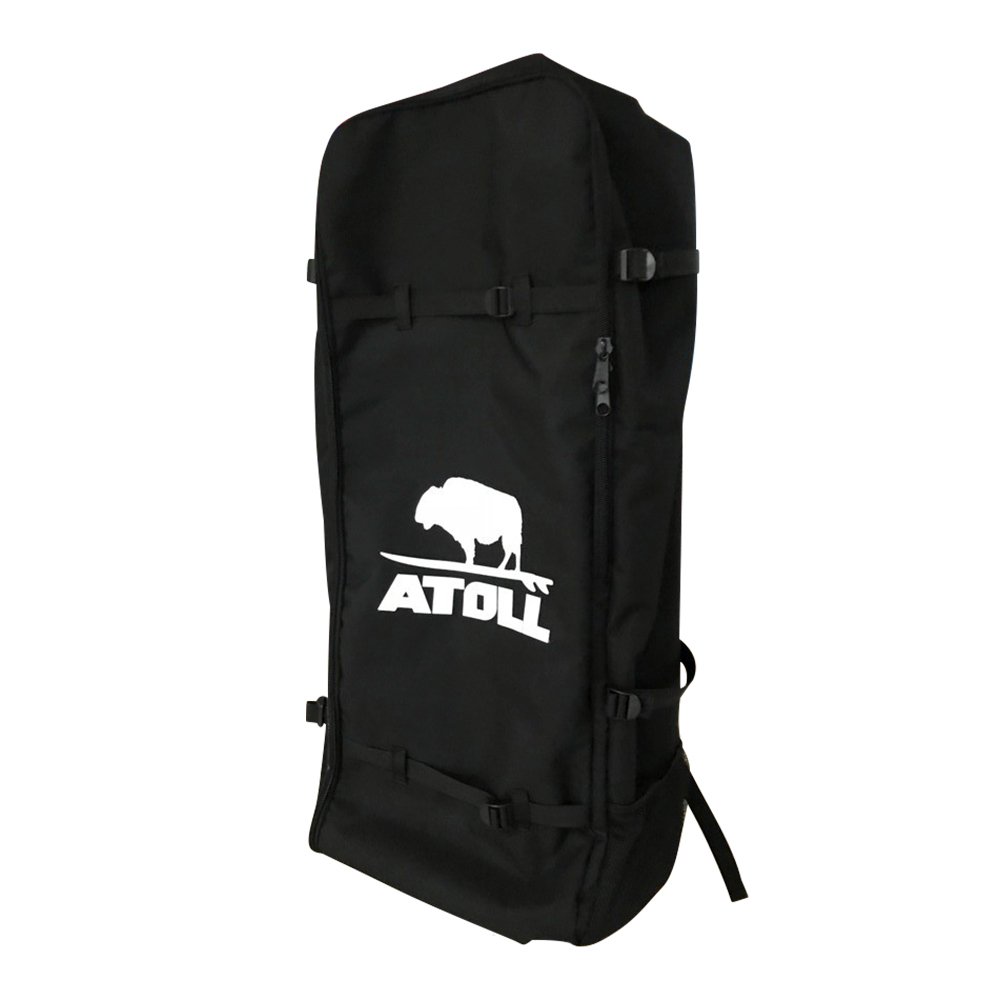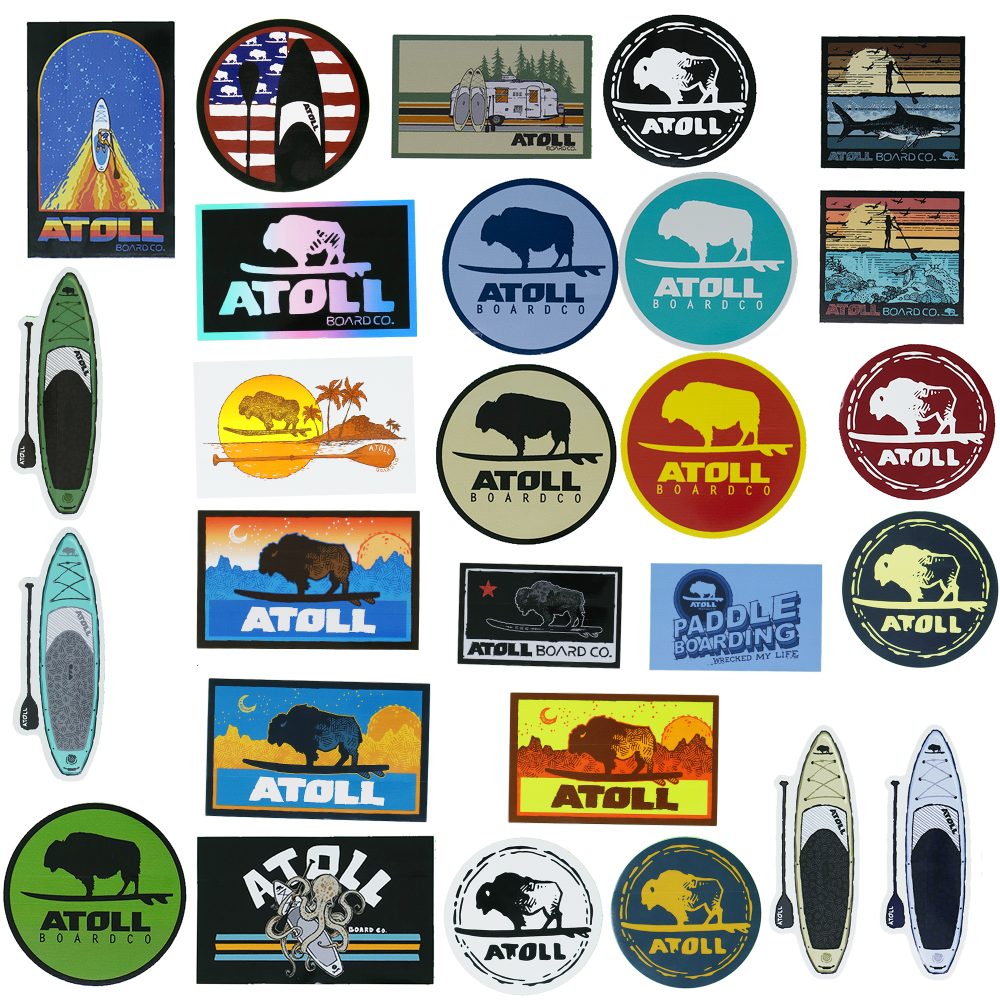In this article, we discuss the worst pieces of SUP advice on the web. Avoid these bad takes and you’ll be ahead of the beginner pack!
____________
Stand up paddle boarding is an interesting sport.
On one hand, it has a very low level of entry. Any good instructor will tell you, if you can stand, you can SUP.
On the other hand, it is difficult if you are ill-prepared. And it is dangerous if you are unfamiliar with paddling conditions and the difference in environments.
It is because of this duality inherent in the sport that some well-meaning, but ill-advised advice has been floating around the web.
Most of it is pretty harmless. But on some occasions, it is the difference between a fun time on the water and a miserable one.
To keep you from falling into some of these bad advice traps, the team at Atoll Boards has compiled a list of the top 5 worst pieces of advice out there so you may avoid any good-intentioned, but ill-advised information.

1. “Just inflate your iSUP until it’s rigid, no need to look at the PSI.”
It is true, you can paddle your inflatable board underneath the recommended psi rating. However, this will greatly affect the performance of your board, so why would you?
Anything under the recommended 10-15 psi will cause the board to ripple in the water. This will slow your paddling down, affect your balance, and cause you to exert extra energy on the water.
As a side note – depending on your size and the gear you plan to take along with you will also determine the amount of psi you will need. For heavier riders or if you plan on carrying gear, always go to the maximum psi of 15. This level provides you with optimal float.
2. “You don’t need a life jacket, you know how to swim.”
If you are confident in your ability to swim then we applaud you. But this confidence should never be replaced with arrogance – in life as well as on your SUP.
We’re not here to give you life advice. Rather, we want you to remain safe on the water at all times.
And one of the best ways to remain safe is by wearing a personal flotation device. Conditions rapidly change on the water. One minute it may be calm and sunny, then a storm rolls through, and you’re facing 20+mph winds and a side chop.
To be confident you have a backup plan in a worst-case scenario, make sure you are prepared with a personal flotation device. Sometimes, a vest or inflatable PFD can be the difference between life and death.
Side note: Always make sure you are using a leash as well. Your SUP is the biggest flotation device you have on the water. A leash will tether you to your board in case you fall in or there is a strong current. Your danger increases exponentially if you are separated from your board on the water. Avoid this bad piece of SUP advice.
3. “You can leave your board inflated outside, it’ll be fine.”
Yes, you can leave your board inflated and outside. But only for a very short amount of time and definitely not under any direct sunlight.
Why?
Inflatable boards are filled with air (obviously). When the air temperature inside an inflatable board is increased, as it does when left under direct sunlight, it causes it to expand. This can put unnecessary pressure on the seams of the board, can sometimes melt the glue on your deck pad, and will leave you with a repair bill that was altogether unnecessary.
To avoid any such problems, leave your board in the shade in between paddling sessions. Store it inside when you are finished. Or deflate, roll it up, and put it back in the backpack. This will extend the life of your board. And help you avoid any expensive and time-consuming repairs.
Side note: This rule applies to hardboards as well. Just like an inflatable, hardboards will have problems being left in direct sunlight. The heat from the sun can melt the glue that holds the fiberglass to the foam core. This will also cause bubbles and you will either have to repair the section that bubbles or replace your entire board.
Always store your board out of the sun when in between use, and inside if you don’t plan on paddling anytime soon! By doing this, you avoid this bad piece of SUP advice and your board lasts longer.

4. “You can hold and use your paddle either way, no worries.”
Technically you can use your paddle either way. However, there is one way that is correct and one way that is not.
You’ve probably noticed by now that SUP paddles have an angle to them with a single flat side. It’s almost counter-intuitive to most, but when paddling a SUP, you do not use the “scoop” side to paddle, instead you use the flat side.
This creates more power in your stroke and eliminates the shaky side-to-side motion of the paddle when using it backward.
And, when in the water, place one hand on the top of the handle and the other about halfway down the shaft for the best position to paddle efficiently.
5. “’Cheaper boards are the same as the more expensive ones.”
False.
Yes, we’ve all been there. You’re excited to get into a new activity. You hop online and search for the equipment you need to get started. But you’re a little fazed by the prices.
We understand.
So, you search for cheaper alternatives and find they sell Stand Up Paddle Board at a few locations for a much cheaper price. You then proceed to purchase one, use it a few times, and after a month has passed by, the wear and tear becomes noticeable. Eventually, you can no longer paddle your board due to the damage and you must purchase a replacement.
In the end, by trying to save money, you end up paying twice as much.
Our fifth piece of bad advice has to be the worst one on the list.
Why?
Because all boards in the industry are not built the same way, with the same materials, and they are definitely not backed by the same support system you will receive with a company like Atoll.
Our boards are tried and tested by paddlers, adventurers, and thrill-seekers who put our product to the test. And we back our boards because we believe the quality we produce.
And that is something you will not find in alternatives. Avoid this bad piece of SUP advice!
Conclusion
There are plenty of bad pieces of advice to be found on the internet. And believe us, they’re not all SUP-related. However, when it comes to our industry and our customers, we want to make sure you have the best time you can on the water. That involves dispelling any myths about SUP, SUP products, and what it takes to have a fun (and safe) time on the water.
If you have any additional questions or would like to add to our list of bad advice that maybe you received, reach out! Our inbox is always open. Until next time Atoll family, paddle on!




